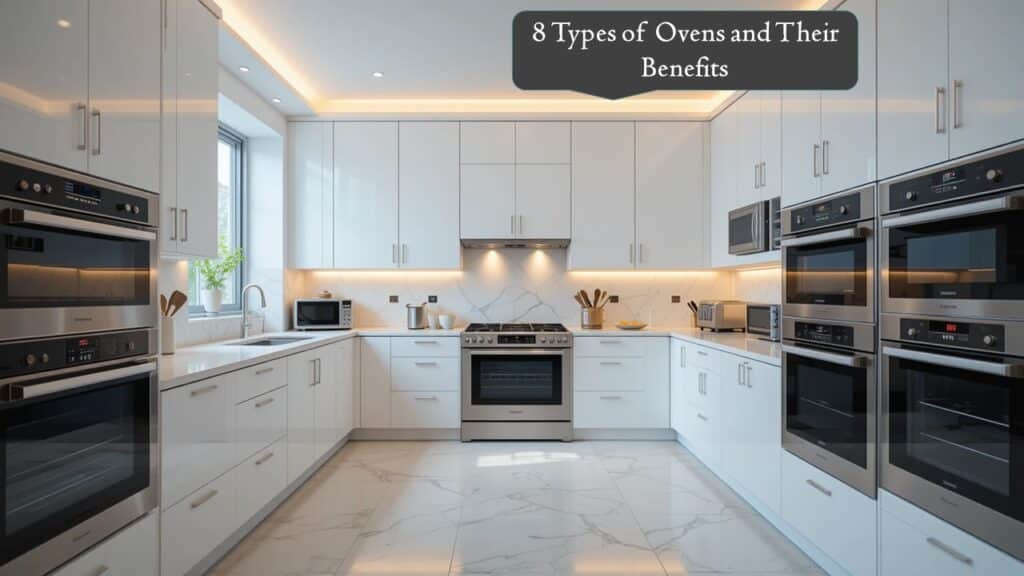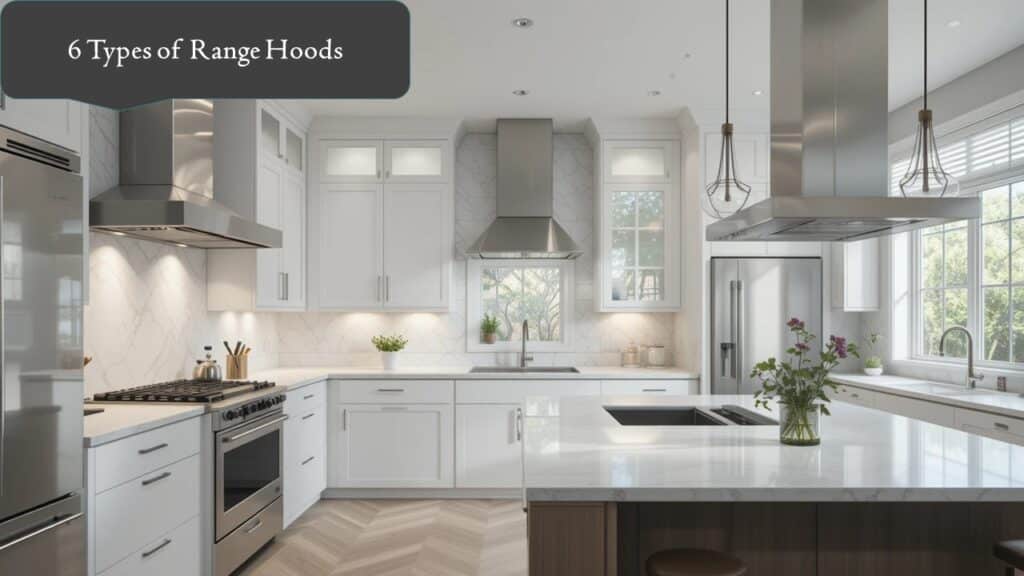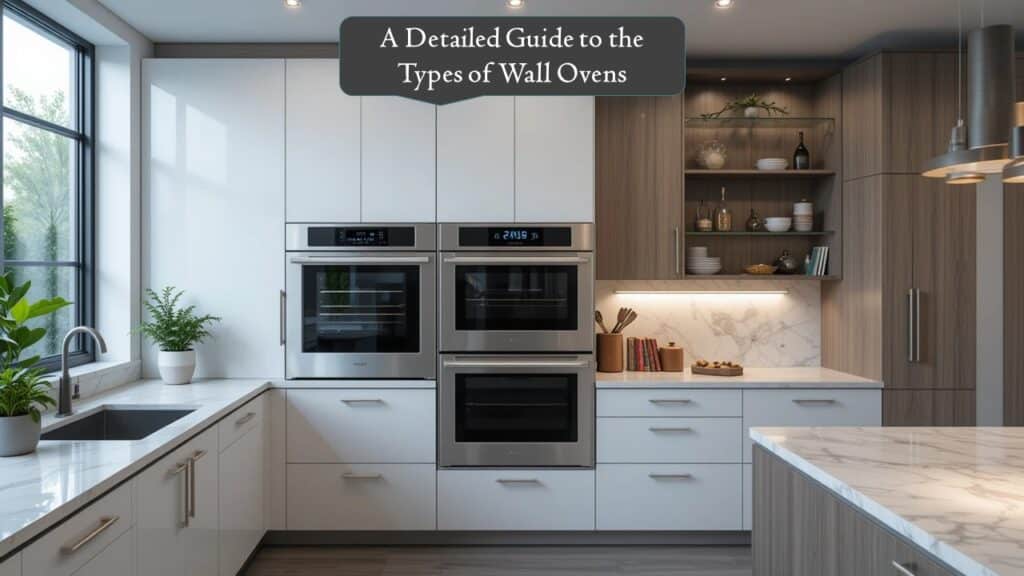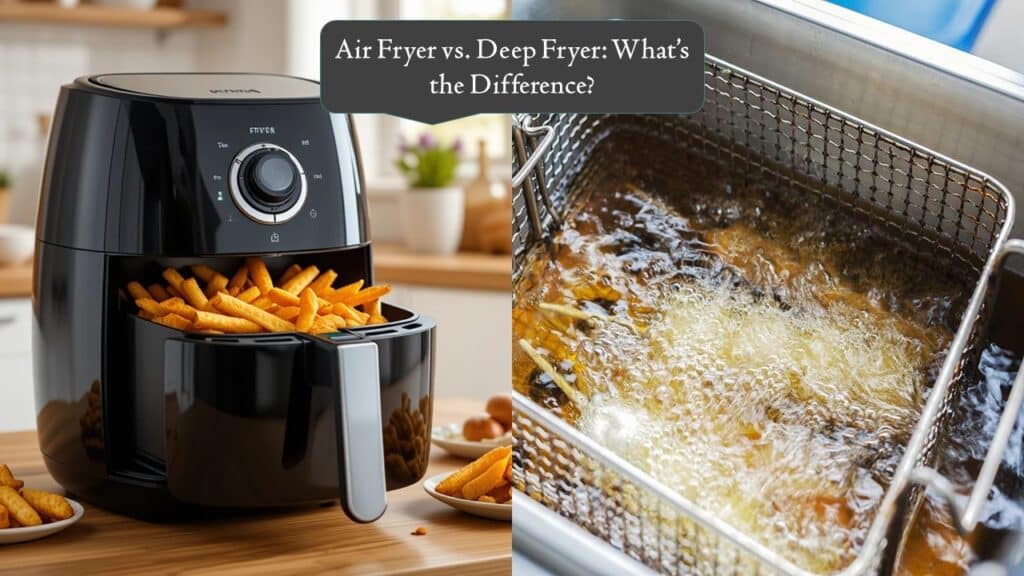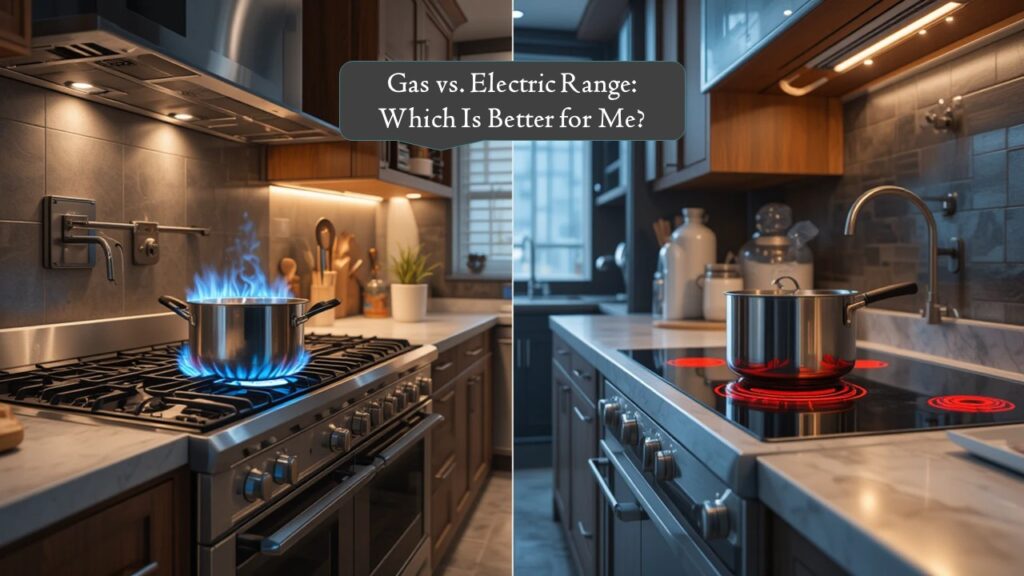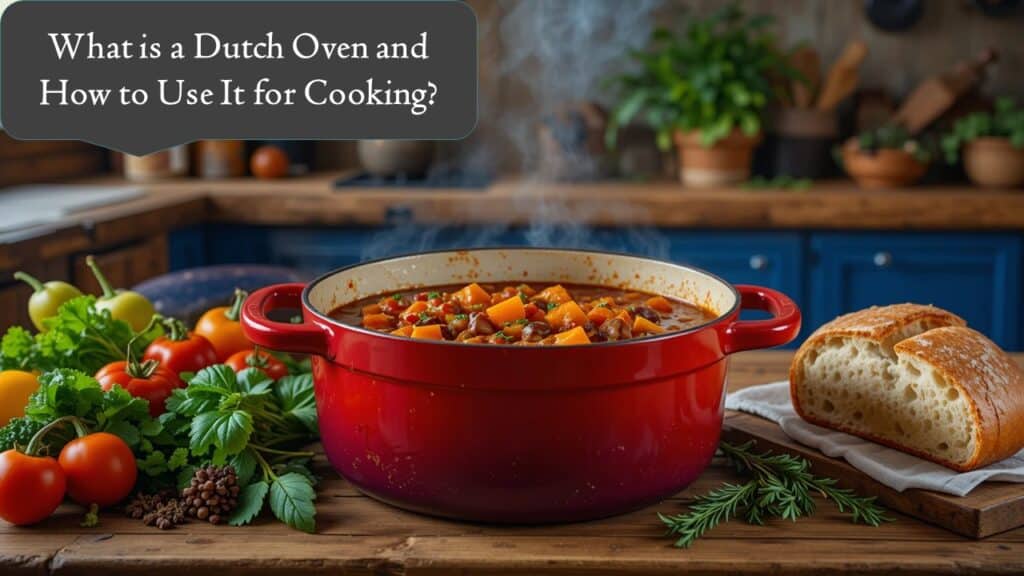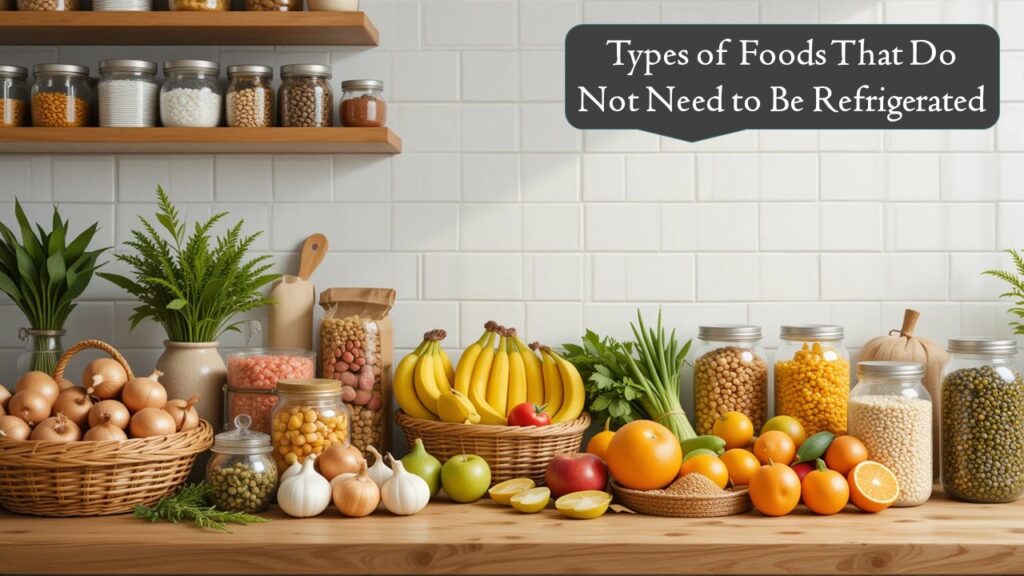When it comes to cooking, ovens are one of the most versatile and essential kitchen appliances. Whether you’re baking, roasting, broiling, or slow-cooking, an oven makes the process easier and more precise. But not all ovens are created equal, different ovens serve different cooking styles and needs.
Understanding the various types of ovens available can help you choose the perfect one for your home or upgrade your kitchen with confidence.
In this guide, we’ll explore eight popular types of ovens, how they work, and their key benefits.
-
Conventional Oven
A conventional oven is the most common type found in households. It uses heating elements—typically one at the top and one at the bottom to distribute heat.
How It Works?
- The bottom heating element provides most of the heat for baking and roasting.
- The top element is often used for broiling.
- Heat distribution is natural, which means you might need to rotate your dishes for even cooking.
Benefits:
- Affordable and widely available.
- Great for everyday cooking, from baking cakes to roasting chicken.
- Easy to use with simple controls.
Best For: Basic cooking, baking, and roasting without the need for fancy settings.
-
Convection Oven
A convection oven improves on the conventional model by adding a fan to circulate hot air.
How It Works?
- The built-in fan distributes heat evenly throughout the oven cavity.
- Foods cook faster and more evenly because hot air surrounds them from all angles.
Benefits:
- Reduces cooking time by up to 25%.
- Produces evenly baked and roasted dishes.
- Saves energy due to shorter cooking times.
Best For: Baking cookies, roasting meats, and achieving crispy textures.
-
Microwave Oven
A microwave oven is a staple in almost every kitchen for its speed and convenience. Unlike conventional ovens, it uses microwave radiation to heat and cook food.
How It Works?
- Microwaves excite water molecules in food, creating heat from the inside out.
- Perfect for reheating leftovers, defrosting, and quick cooking.
Benefits:
- Incredibly fast cooking and reheating times.
- Compact and energy-efficient.
- Easy to use, even for beginners.
Best For: Quick reheating, defrosting frozen foods, and making simple meals.
-
Steam Oven
A steam oven is designed to cook food using steam rather than dry heat.
How It Works?
- Water is heated to produce steam, which fills the oven cavity.
- The moist cooking environment prevents food from drying out.
Benefits:
- Preserves nutrients and natural flavors.
- Produces juicy meats, fluffy rice, and tender vegetables.
- Ideal for health-conscious cooking.
Best For: Steaming vegetables, cooking fish, and reheating leftovers without drying them out.
-
Toaster Oven
A toaster oven is a compact countertop appliance that functions similarly to a conventional oven but on a smaller scale.
How It Works?
- Uses heating elements at the top and bottom to bake, broil, or toast food.
- Heats up quickly and is perfect for small portions.
Benefits:
- Saves energy compared to a full-sized oven.
- Great for dorm rooms, offices, or small kitchens.
- Versatile for reheating, baking, or toasting.
Best For: Small households, snacks, and quick cooking tasks.
-
Pizza Oven
A pizza oven is a specialized oven designed to reach very high temperatures for baking pizza and other baked goods.
How It Works?
- Heats up to 800°F or higher, creating the perfect environment for crispy pizza crusts.
- Comes in wood-fired, gas, or electric versions.
Benefits:
- Achieves restaurant-quality pizza at home.
- Adds smoky, authentic flavor (especially wood-fired models).
- Cooks pizzas in just a few minutes.
Best For: Pizza enthusiasts and anyone who loves artisan bread or flatbreads.
-
Wall Oven
A wall oven is built directly into your kitchen wall or cabinetry, providing a sleek and modern design.
How It Works?
- Functions similarly to conventional or convection ovens but is installed at an ergonomic height.
- Some models are double ovens, offering two cooking chambers.
Benefits:
- Saves counter and floor space.
- Stylish and convenient, reducing the need to bend down.
- Perfect for busy cooks who need multiple ovens running simultaneously.
Best For: Home cooks who love baking or have a modern kitchen design.
-
Smart Oven
A smart oven is a cutting-edge appliance designed with advanced technology and connectivity features.
How It Works?
- Controlled via smartphone apps, voice assistants, or touchscreens.
- Comes with sensors, cameras, and preset cooking programs for precision.
Benefits:
- Makes cooking foolproof with automated settings.
- Allows remote monitoring and control.
- Offers versatility with multiple cooking modes (convection, air fry, roast, etc.).
Best For: Tech-savvy home cooks who value convenience and innovation.
How to Choose the Right Oven?
When deciding which oven is right for you, consider:
- Cooking Style: Do you bake often, or do you prefer quick meals?
- Space: If your kitchen is small, a toaster oven or wall oven may be ideal.
- Budget: Conventional ovens are affordable, while smart ovens are an investment.
- Functionality: Look for features like convection fans, steam settings, or smart connectivity based on your needs.
Final Thoughts:
Ovens come in a wide range of types, each designed to cater to different cooking styles, kitchen sizes, and budgets. Whether you’re a casual cook reheating leftovers or a serious chef experimenting with gourmet dishes, there’s an oven to match your lifestyle.
From the simplicity of a conventional oven to the innovation of a smart oven, understanding these options helps you make a smarter purchase. Choose one that complements your kitchen, fits your needs, and enhances your cooking experience.

